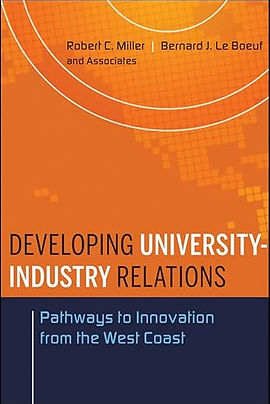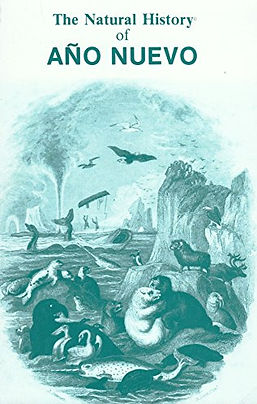Books

The Quest for Darwinian Fitness: A Case Study of Elephant Seals (2025)
The Quest for Darwinian Fitness is a book about how individuals strive to maximize the number of offspring they produce in a lifetime or the genes they share with relatives. It addresses life history traits, such as blubber, that permits foraging in cold waters and finances the mating system. Monitoring individuals over their lifetimes takes considerable time and effort, which is necessary to understand who is fit and why. Accumulating a large sample of known-age and known-history individuals aids the study of other processes such as migration, dispersal, the colonization process, population fluctuations, and the evolution of the species.
Elephant Seals: Pushing the Limits on Land and at Sea (2021)
A personal chronicle describing the extreme exploits of these animals on their rookeries on land and while foraging in the ocean. It is the largest seal and they are sexually dimorphic with males weighing 3-10 more than females. They are extremely polygynous; a male may mate with over 200 females in his lifetime while the best a female can do is produce 20 pups in life and few do this. They dive deeper and longer than other seals and sea lions and most whales. Much is known about them from studies over the last 60 years.


Alcina: Sorceress for Life (2018)
The idea for this fictional narrative came from LeBœuf attending a colloquium on The Role of Language in Conservation at Montefortino in the Le Marche region of Italy on 6-9 June, 2017. This is in the Sibillini Mountains. According to folklore, the Sybylla were oracles for the prophecies of a God. One of the Sibyls mentioned by a guide leading us on a local tour was Alcina. She was described as wicked and stood out from the rest. Why? Wicked in what way? LeBœuf was intrigued by the story because of the elements of mythology, society, language, and love of nature, which he thought he might mold into a narrative about protecting life and the environment, i.e., conservation. The colloquium had concluded that we needed stories promoting respect for life and nature. As for writing fiction, LeBœuf agrees with his friend, Claudio Campagna, who said: “The good thing about writing fiction is that you can make things up.”
Developing University-Industry Relations: Pathways to Innovation from the West Coast (2009)
This book evolved from working with Bob Miller, the Vice Chancellor for Research (VCR) at the University of California, Santa Cruz. Upon retirement, LeBœuf was asked to take on the VCR position while someone that knew something about university-industry relations was hired. That was Bob Miller. LeBœuf stayed on as the Associate VCR. This book grew out of their activities and associations with other experts in the West Coast area.


Elephant Seals: Population Ecology, Behavior, and Physiology (1994)
A book that resulted from an international conference held in Santa Cruz, California, on May 20-21,1991. By 1990, elephant seals were one of the most thoroughly studied and well-known marine mammals. LeBœuf was asked to organize and coordinate the conference by Gordon Reetz; representing the funding agency, the Mineral Management Service. LeBœuf asked Richard M. Laws, whose research on the southern elephant seal he admired, to co-edit the papers and chapters submitted by several researchers from around the world.
The Natural History of Año Nuevo (1981)
The Natural History of Año Nuevo arose from a need for background material for students in a class at the University of California at Santa Cruz, for docents, and for Rangers at Año Nuevo State Park. When elephant seals started to breed on the mainland at the park, the area was flooded with tourists eager to see the animals. The park Rangers did not have the staff to protect the animals or the tourists from the animals. LeBœuf arranged for students to act as guides leading the visitors on tours. LeBœuf recruited experts on the physical environment, the land and marine plants, the intertidal animals, the birds and mammals, and the elephant seals. Stephanie Kaza and LeBœuf co-edited the book which was used for years.
